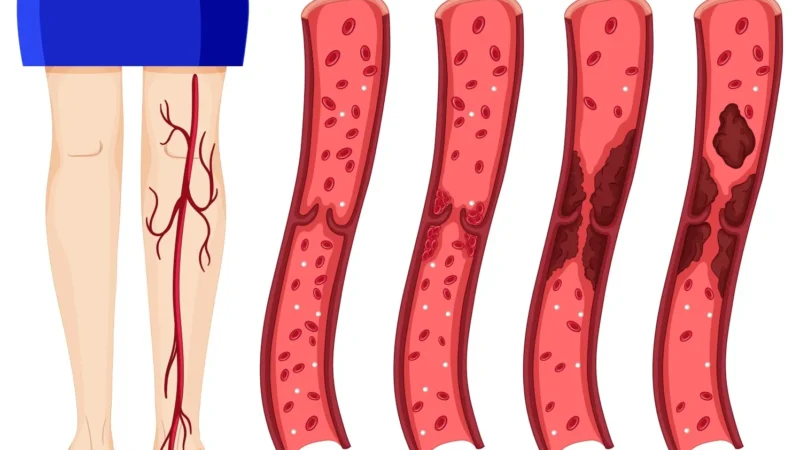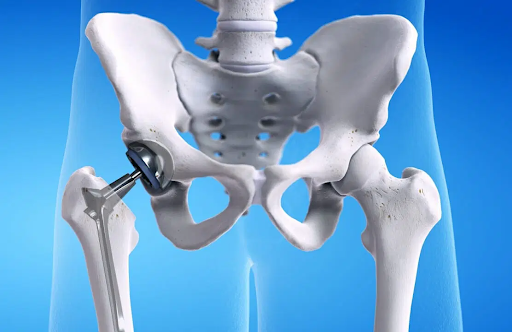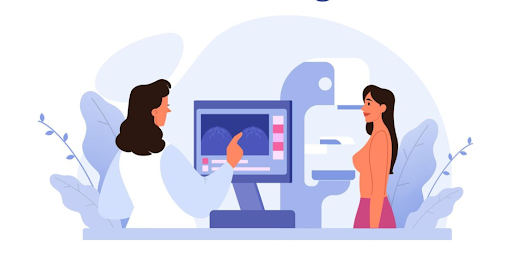Migraines Vs Headaches: How to Tell the Difference?

Many people get confused between a migraine and a headache. They are often not able to tell the difference between the two. It’s important to get to know more about each of these health problems so that you get to understand how to differentiate between them. Continue reading to gain a deeper insight into headaches and migraines.
Headaches:
A headache is usually described as physical discomfort or pain experienced in the head region. The pain can be described as pulsating, continuous, sharp, or dull. It is known to be one of the most common physical pains in the world. Almost 75% of adults all over the world have experienced a form of headache in the past year. Headaches are more complex than people realize. The symptoms vary and each kind can have its own set of unique headache symptoms and thereby require different treatments.
A headache can occur in any portion of the head, and discomfort can occur in one or more locations. Although most of them are usually caused due to stress, anxiety, or muscle stress, there are a few headaches that might require immediate attention. Here are a few factors that lead to headaches:
- Stress, anxiety, or depression
- Lifestyle changes
- Random sleep patterns
- Environmental changes (weather or climate change)
- Physical injury or trauma
- Poor diet
- Nutrition deficiency
- Dehydration
Types of Headaches:
The most common form of headache is a tension headache. Tension headaches occur when the muscles around the head and neck area tighten. According to research, there are over 150 different types of headaches. They are broadly classified into primary and secondary headaches.
- Primary Headache:
A primary headache is not a sign of a more serious ailment. Instead, these are caused by issues with the head and neck tissues. Some of the common primary headaches are listed below:
- Cluster headaches
- Migraine
- Tension headaches
- New Daily Persistent Headaches (NDPH)
Primary headaches may be due to exertion of specific areas of the brain, blood vessels, nerves, or muscles.
Secondary Headache:
Secondary headaches are caused due to an underlying issue. They are due to an already existing disease or condition. They are usually caused by the following medical conditions:
- Pregnancy
- Stroke
- Brain tumor
- Hypothyroidism
- Sinus congestion
- Head trauma
- Hypertension
Thus, categorizing the different kinds of headaches into primary and secondary helps doctors arrive at a suitable diagnosis.
As established earlier, each headache has its unique symptoms and treatment method. Based on the level of pain and frequency, a patient must tend to the pain by himself/herself or seek immediate medical help.
Migraine:
Migraine is the most common type of primary headache after tension headaches. It occurs when the brain’s super-sensitive nerve endings cause pain. It has the potential to have a substantial impact on one’s quality of life.
A migraine attack might last anywhere from a few hours to two to three days. The frequency of episodes varies widely, ranging from once a week to once a year. Migraine has no established cause, although it is assumed to be caused by abnormal brain activity that disrupts nerve signals, neurotransmitters, and blood vessels in the brain. Although migraine can be characterized as unbearable throbbing pain, additional symptoms include:
- Nausea
- Vomiting
- Numbness or tingling
- Sensitivity to light and sound
Migraine is known to be hereditary. The pain is usually centered on the forehead area but can also spread to the sides of the temple or on one side and might even shift.
Migraine Causes:
Although researchers haven’t identified any particular cause for migraines, they have identified certain ‘triggers’. Here are some of the common triggers:
- Bright lights
- Severe heat or change in weather
- Dehydration
- Change in barometric pressure
- Stress
- Certain foods
- Alcohol
- Smoking
- Skipping meals
- Hormone changes
- Change in sleep patterns
- Overuse of certain medications
- Unusual smells
- Intense physical activity
Whenever a patient experiences a migraine attack, the doctor asks the patient to document their migraine episodes and note down their food habits or any medications that they might have taken and what they were doing before the episode to help identify triggers specific to the patient.
From the above causes, it is clear that migraine differs from other forms of headaches. Migraine has its unique triggers and course of treatment.
Treatment/Cure:
Unfortunately, migraine cannot be cured, but they can be managed with the help of your doctor who can provide you with a treatment plan or methods by which you can reduce the frequency of migraine episodes. This may lead to fewer migraine attacks.
Your treatment plan may depend on the following factors:
- Age
- Frequency of migraine attacks
- Severity of attack
- Whether they include symptoms such as nausea
The treatment plan may include:
- Diet changes
- Lifestyle adjustments
- Counseling
- Stress monitoring
- Prescription migraine medications
- Counseling
- Alternative care such as meditation, acupuncture
Migraine, although classified as a common form of headache, is known to be quite difficult to deal with. The pain levels and severity of an episode may vary from person to person, but its symptoms and triggers make it different from any other form of headache.






